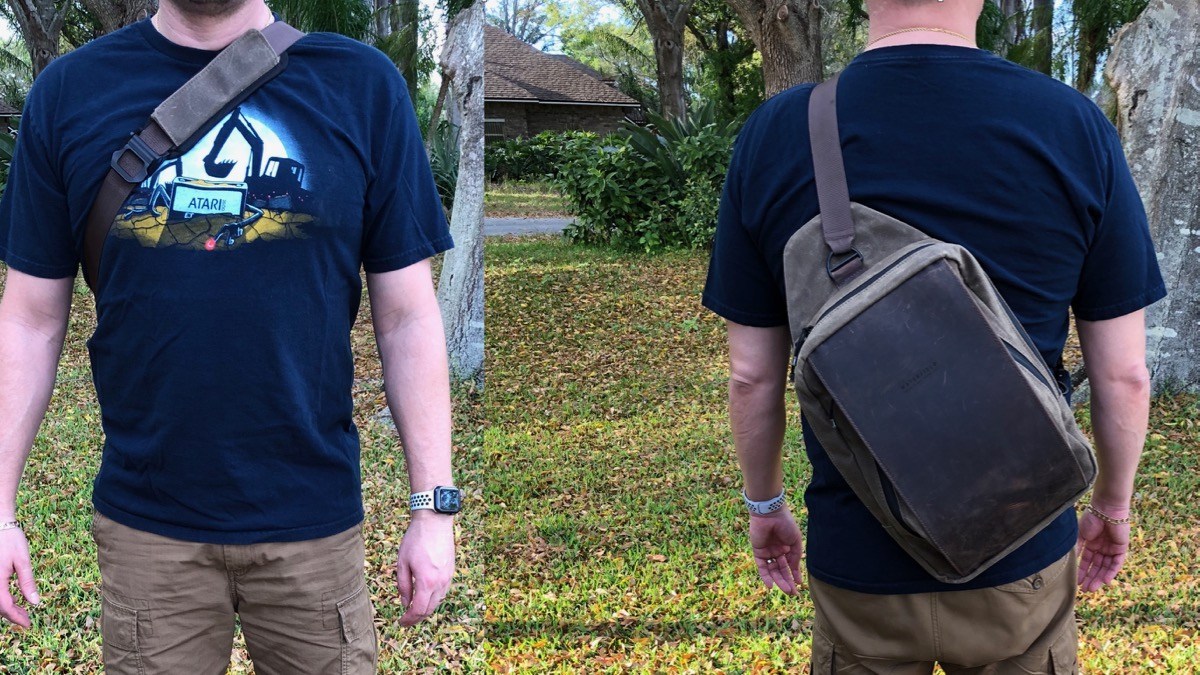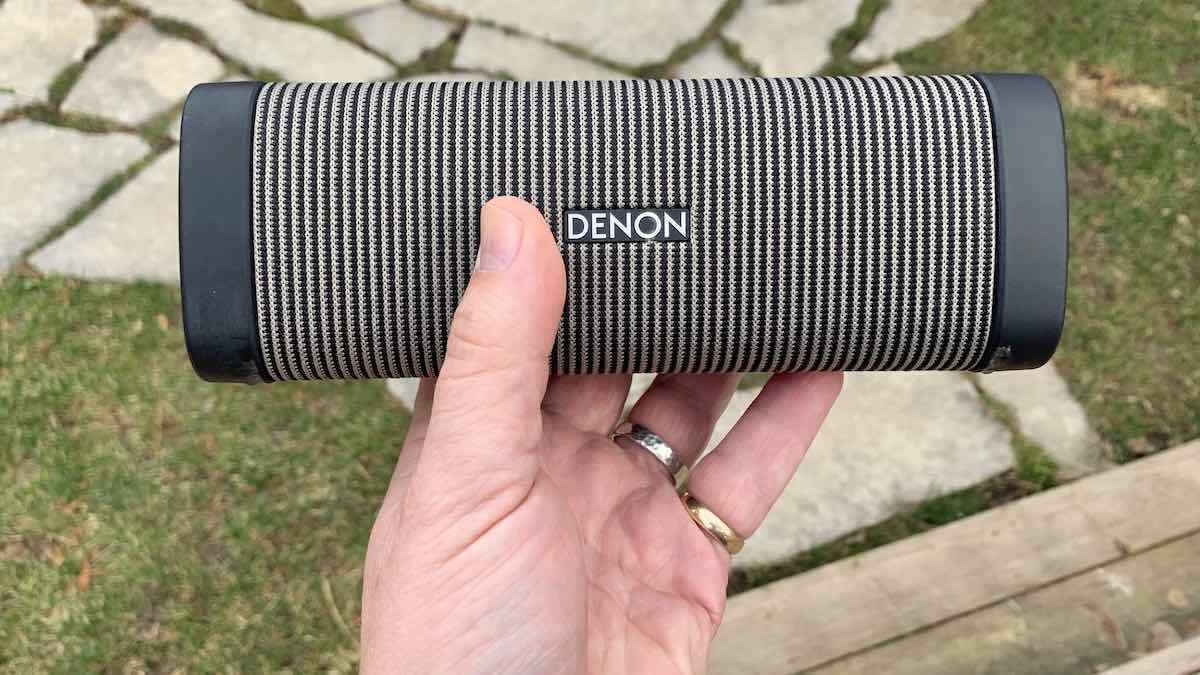Automation can be a very useful and powerful tool, but it can also be very daunting to get into. Similar to a writer staring at a blank page, having a seemingly endless list of automations options from which to choose can make it difficult to get started. I’ve been slowly over the years building small automations into my life, so I thought I would share how I use them throughout a typical day. I hope this gives you ideas of how automation can make tasks in your day just a little bit easier like it has mine. For automations that use one of Apple’s Shortcuts, I will share that Shortcut and allow you to download it, see the steps involved, and then modify it for your own use.
6:15 am

The over-sink light in our kitchen is a small LED light that just plugs into the wall. So I have a Wemo Smart Plug along with a HomeKit automation that turns the light on automatically every day at 6:15 am. The idea here is that sometimes one of us gets up early enough that it’s still dark outside and this ensures that we have a light on in our kitchen. Very simple, but it’s really nice having just enough light to function but not so much that you are blinded first thing in the morning.
8:00 am
I have a Home automation that changes the face on my Apple Watch from my bedtime watch face to my normal daytime watch face. You will see why I need my nighttime watch face later in the article, but my daytime watch face has different automation complications that I use during the day, so using this automation you can put different sets of automations on your watch face based on the time of day (a really handy way to put more Shortcut automations right on your watch face throughout the day).
1-Hour After Sunrise
The stairs that lead down to our basement have a ceiling light that we have installed a set of Hue lightbulbs into. After the sun comes up each day the lighting in the stairwell goes from night mode (a very low-level light) to a mid to high-range light. The idea here is that at night if you have to come upstairs during the night you don’t want to blind your night-adjusted eyes on bright lights, but during the day you want the extra light to safely navigate the stairs.
Start Work Routine
I’m sure many of you have a similar need when you first log in to your computer on a workday. I need to log in to Microsoft Teams to see if anyone has messaged me since I logged off the previous day, open up OmniFocus (which I use for task management) to check what I need to do today, and open up the email. In today’s hybrid world sometimes I am at home just on my laptop screen, and sometimes I am plugged into an external monitor at work. The Shortcut I use on my Mac laptop simply opens up these 3 apps and arranges them on my screen so I can see all apps at the same time. The really slick part of this automation is that it can tell whether I am at home just on my laptop or at work on my external monitor and it arranges the windows of these 3 apps according to the screen real estate that I have. You can download my Shortcut here. I’ve added notes into the Shortcut to identify areas you will have to modify based on your computer and monitor setups.
Bike Ride

Most days I try to get out for a ride on my road bike. There is a specific set of tasks associated with riding that I have rolled into a single automation to make getting out the door and on the road a little easier. The Shortcut I have created (which I have added as an icon to my iPhone Home Screen) does the following:
- Start my workout music (but gives me a choice between playing Apple’s “Get Up!” curated playlist and my own cycling playlist)
- Start a cycling workout on my Apple Watch
- Gives me the option to text my family that I am going out for a ride (sometimes they are home and awake when I leave and sometimes they aren’t, but for safety reasons I want them to know what I am doing)
- Gives me the option to close one or both of my garage doors behind me
You can download my “Cycling” shortcut here.
Core Workout
This Shortcut is really simple. It starts playing a playlist I like listening to for core workouts and it plays it on the HomePod in my bedroom. It then starts a Core Training workout on my Apple Watch and then opens up an Apple Note on my iPhone that lists all of the exercises I do for my workout. You can download my core workout shortcut here.
Getting Mail and/or Walking the Dog
With a household of five people, someone is always coming and going through our front door. So we have a HomeKit-enabled front door lock that locks after a few minutes automatically behind you. So if you leave to get the mail and come back the door will lock a few minutes after you return. If you are leaving to walk the dog, the door also automatically locks behind you in just a few minutes. This is a great safety feature to ensure your front door stays locked throughout the day and more importantly overnight.
1-Hour Before Sunset
We have quite a few HomeKit-enabled lights throughout our house between lights that use Hue lightbulbs, lights that are controlled using Caséta by Lutron switches and lamps that are plugged into Wemo Smart Plugs. So every night about an hour before sunset these lights in our house get turned on using an automation within the Home app.
Going Out to the Garage
We have a deep freezer in our garage, so multiple times a day we walk out to the garage to get something out of the freezer. So I automated the process of turning the garage lights on and off. This ensures you don’t have to fiddle with light switches when coming back in the house with frozen food in your hands, and it also makes sure we don’t accidentally leave the garage lights on all day or all night. This is really simple automation. Our garage lights are controlled by a Caséta by Lutron switch. So all I had to do was install a HomeKit-enabled door sensor on the door going from our utility room out to our garage (I used an Aqura Door Sensor), and within the Home app I set up an automation that turns on the garage lights for 5 minutes each time the utility door going out to the garage is opened. I also have a motion sensor in the garage so that if we are working out in the garage the lights stay on.
Coming Home

We have a 3-car garage with two separate garage doors, and the lights built into the garage door openers no longer work. Garage door openers are expensive and our openers work fine mechanically, it is just the lights built into them that no longer work. Since I had already automated the garage door openers themselves it was easy to set up a HomeKit automation triggered by either of our garage door openers opening the garage door to turn on the garage lights for 5-minutes.
Goodnight
We have a HomePod in our kitchen/living room and also in our master bedroom. So I set up a Siri command “goodnight” that shuts off all of the lights in our living room, dining room, and kitchen. This is a verbal command rather than a time-based automation or Shortcut because it is something that is used at different times by different people each day. It didn’t take long to get the whole family trained to say “Hey, Siri, goodnight” as they were heading to bed. You can download my extremely simple “goodnight: shortcut here.
10:00 pm
I have a couple of time-based HomeKit automations that happen at 10 pm each night. First, the lights for the stairs going down to our basement are dimmed down (just bright enough that you can see where you are going but not so bright to blind you if you get up in the middle of the night and need to use the stairs). I also close both garage doors (if they are open). I can’t tell you how many times over the years I woke up to find out that we had peacefully slept all night long with our garage door wide open. This ensures that in the event someone forgot to close the garage door that both our garage doors get closed for the night.
We have some Hue lightbulbs installed in a lamp as well as in the ceiling lights in our master bedroom, and at 10 pm we dim these lights down (again just bright enough that we can see when walking around). They were turned on to full brightness with my 1-hour before sunset automation earlier but dim enough and with a color selected for the bulbs to ensure we avoid any blue light sources before bedtime.
Also at 10 pm, I have an iOS Focus Mode that I set up that changes the home screen of my iPad mini so that only the apps and automations I used while reading in bed are showing (things like my journaling app and the Kindle app). I also have an automation to set the face on my Apple Watch to a watch face that I have set up specifically for nighttime. The main use I have for this watch face is that I have a complication for the Shortcuts app on the face that defaults to run my “Time to Sleep” Shortcut. My wife often goes to sleep before I do. So I can’t always use a verbal Siri command to shut off all of the lights in our master bedroom when it is time to go to sleep. So I set up the “Time to Sleep” Shortcut that does this with a tap of my Apple Watch screen (which won’t wake up my wife). This Shortcut also puts my Apple Watch into “Theater” mode so my screen won’t brighten if I turn over during the night and it sets my iOS Focus Mode to “Sleep.” You can download my “Time to Sleep” shortcut here.

Summary
That walks you through a typical day in my house and how we use various automations to make things just a little bit easier and automatic as we go through our day. None of these are all that significant by themselves. But that is really the sweet spot of automation we should be aiming for. If you have things you do on a recurring basis and these things require multiple manual steps to complete, then consider whether some kind of automation could help make performing those tasks a little easier. In the case of several of my home automations it isn’t so much a need to make things easier but a desire to make them safer and more consistent (like locking our front door, closing our garage doors, and ensuring we have the right lighting around the house based on the time of day). So hopefully this gave you some ideas about how you might be able to incorporate some automation into your daily routine.




